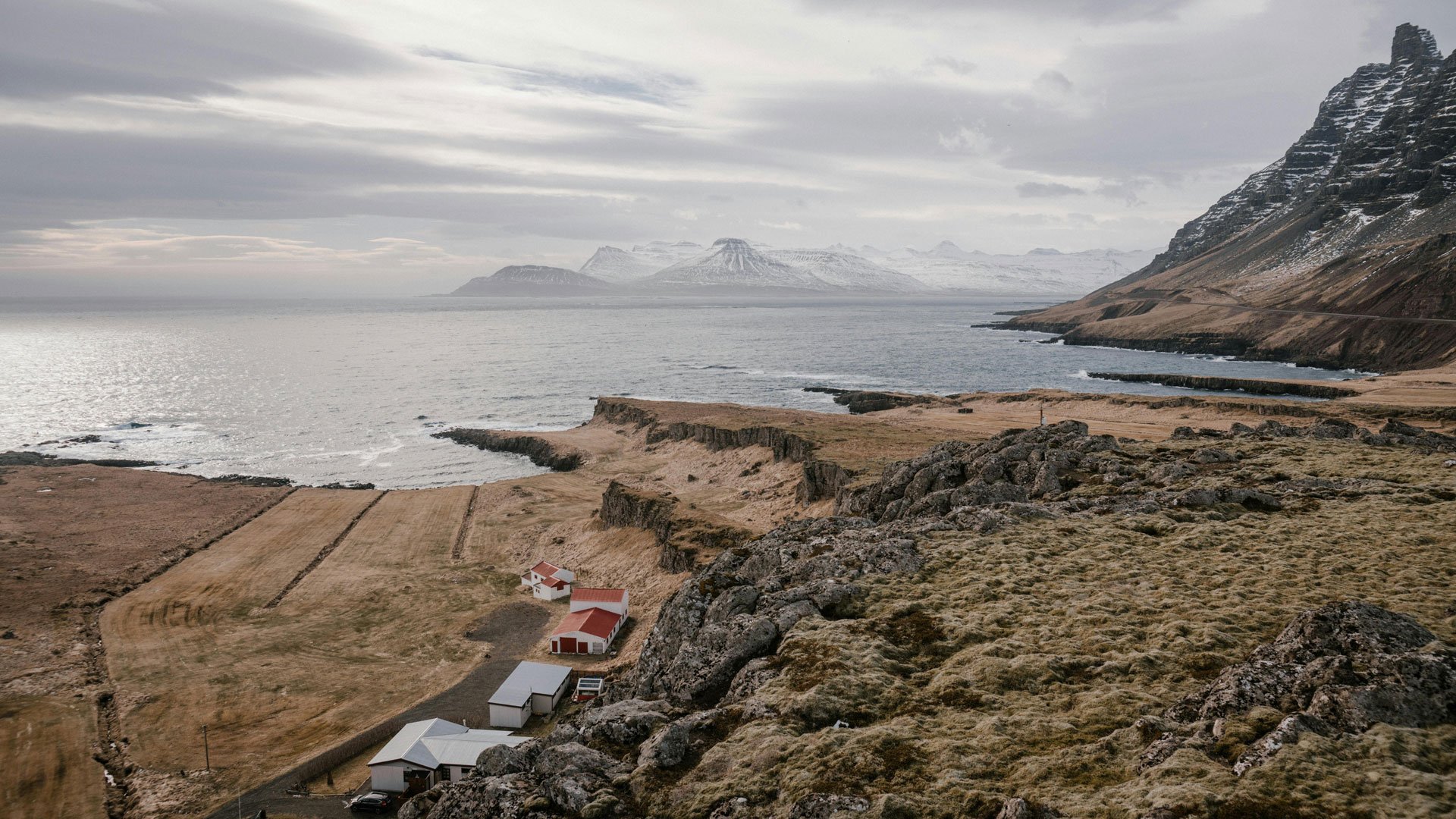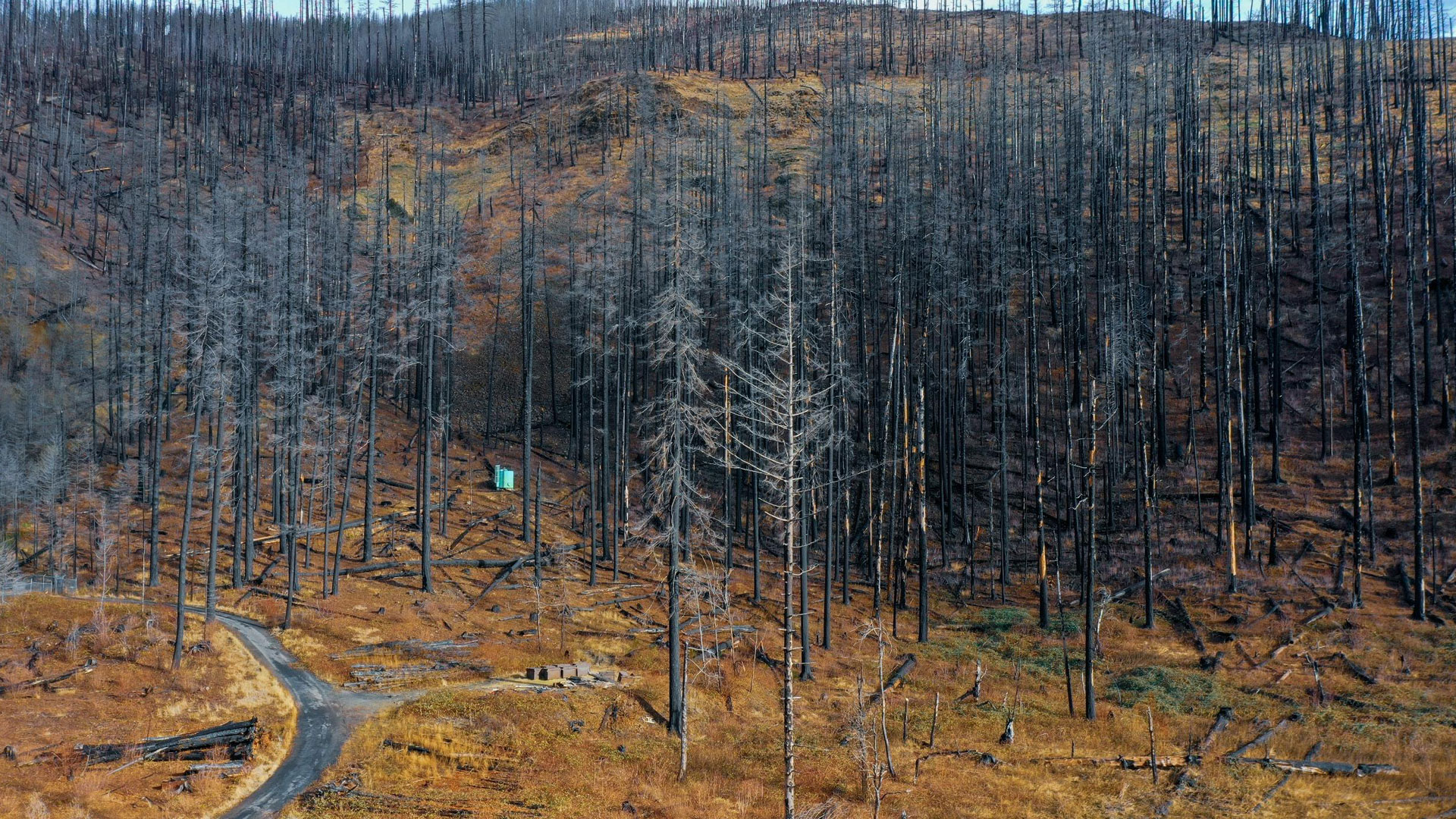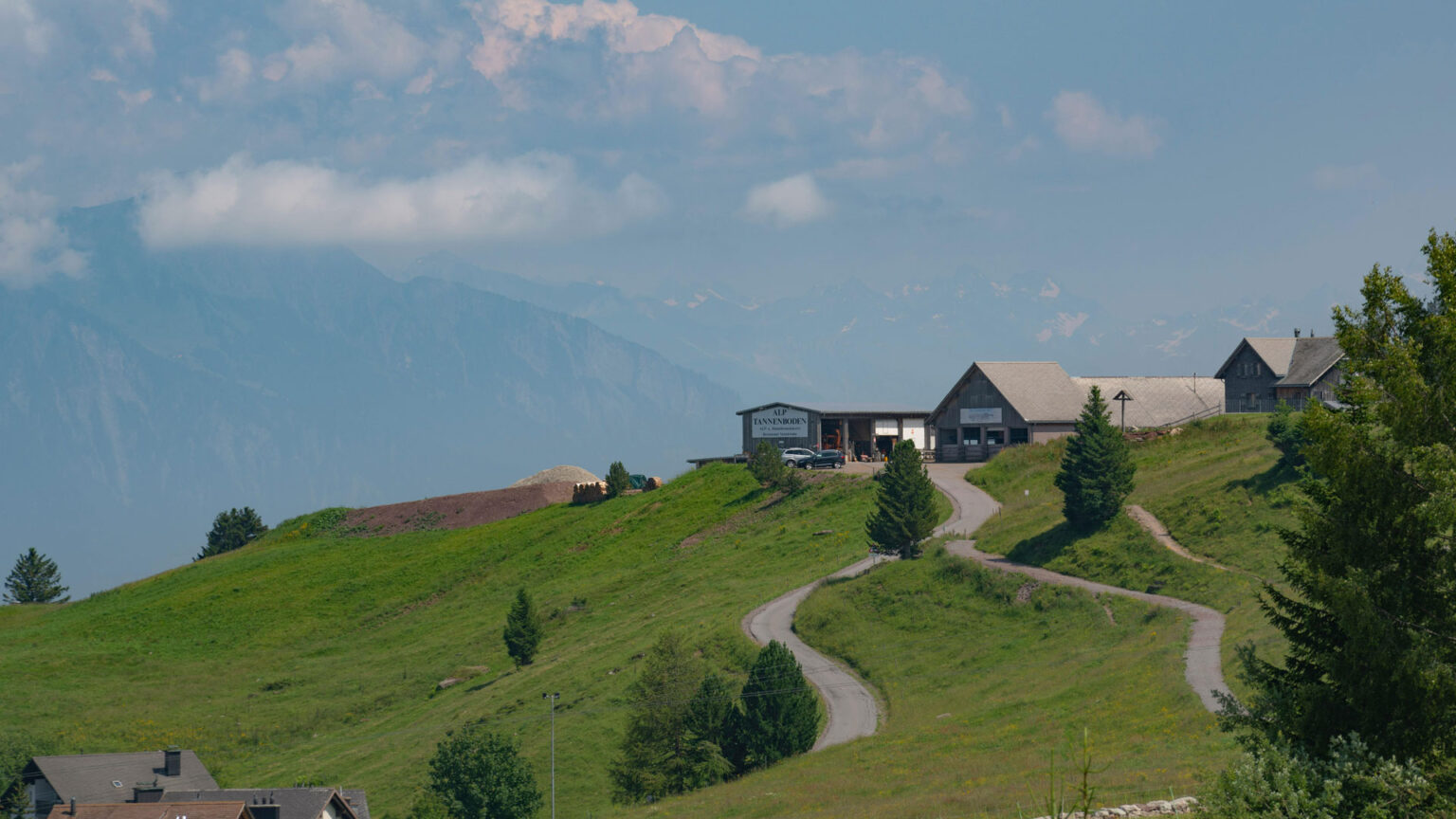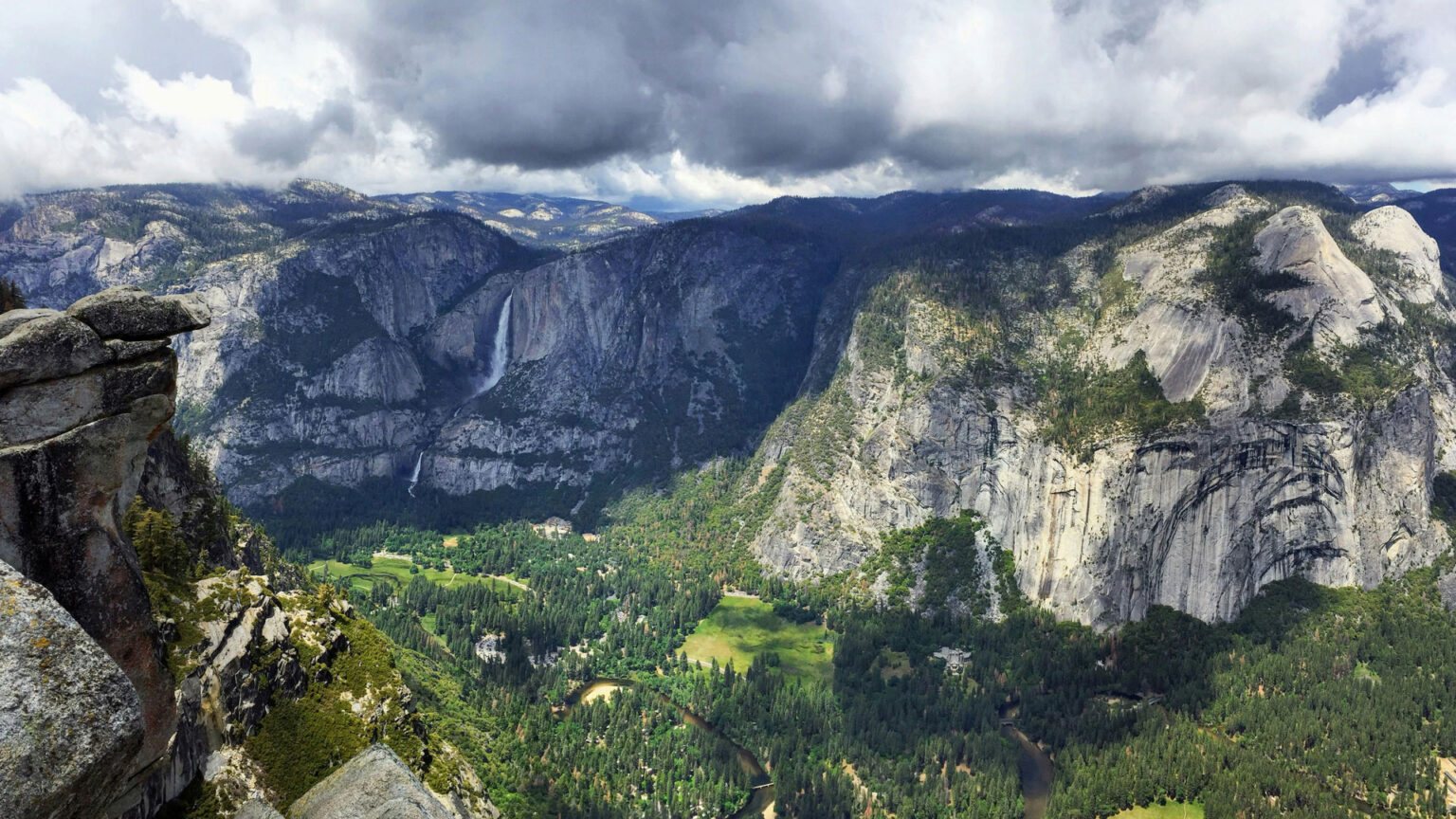Lost Tribes of Secret Mountains: Unveiling the Hidden Cultures of the World

The Lost Tribes of Secret Mountains have long been shrouded in mystery, sparking the imagination of anthropologists, explorers, and enthusiasts alike. For centuries, these enigmatic communities have remained hidden, their cultures and traditions untouched by the outside world. The allure of lost tribes lies in their ability to captivate our imagination, inspiring us to explore and understand their hidden worlds.
Imagine venturing into the depths of the Amazon rainforest, navigating through dense foliage, and stumbling upon an isolated village. The villagers, unaware of the outside world, welcome you with curiosity and caution. Their way of life, untouched by modern civilization, offers a glimpse into humanity’s ancient past.
But what exactly are lost tribes, and why are they significant? This question has driven researchers and adventurers to venture into the unknown, seeking answers about these elusive groups. The study of lost tribes provides a unique window into humanity’s cultural diversity, adaptability, and resilience.
Definition of Lost Tribes
A lost tribe is a community that has remained isolated from the rest of the world, maintaining their unique cultural identity, language, and way of life. These tribes often inhabit remote, inaccessible regions, making contact with the outside world rare and challenging. The defining characteristics of lost tribes include:
- Geographic isolation: Living in remote, hard-to-reach areas, such as dense forests, mountainous regions, or isolated islands.
- Cultural distinctiveness: Maintaining their own language, customs, and traditions, often vastly different from surrounding cultures.
- Limited or no contact with external societies: Rarely interacting with outsiders, preserving their cultural integrity.
- Traditional livelihoods: Engaging in subsistence activities like hunting, gathering, farming, or fishing.
Examples of lost tribes can be found in various parts of the world:
- The Sentinelese of the Andaman Islands
- The Yanomami of the Amazon Rainforest
- The Hadzabe of Tanzania
- The Maasai of East Africa
These communities have developed unique adaptations to their environments, allowing them to thrive in some of the most inhospitable regions on Earth.
Brief History and Significance
Throughout history, lost tribes have captivated human imagination:
- Ancient civilizations like the Incas and Mayans left behind cryptic records of isolated tribes.
- Uncontacted tribes of the Amazon and Andaman Islands have sparked intense debate and curiosity.
- Indigenous cultures of Africa, Asia, and the Pacific have contributed significantly to our understanding of human diversity.
Lost tribes hold significance for:
- Cultural diversity and preservation: They provide a window into humanity’s rich cultural heritage.
- Anthropological research and understanding: Studying lost tribes helps us comprehend human adaptation and societal development.
- Historical and archaeological significance: Lost tribes often hold clues to ancient civilizations and forgotten technologies.
- Inspiration for art, literature, and exploration: The mystique surrounding lost tribes has fueled countless creative works.
The study of lost tribes also raises important questions:
- How do these communities maintain their cultural identity?
- What can we learn from their traditional ways of life?
- How can we balance preservation with modernization?
Thesis Statement
This article explores the hidden cultures and forgotten traditions of the Lost Tribes of Secret Mountains, delving into their history, significance, and the challenges they face in preserving their way of life. By examining the complexities of these isolated communities, we hope to gain a deeper appreciation for the diversity of human experience.
Characteristics of Lost Tribes
Lost tribes, by definition, exhibit distinct characteristics that have allowed them to maintain their cultural identity and way of life despite centuries of external influences. These characteristics are shaped by their unique histories, environments, and traditions, and have enabled them to thrive in some of the most remote and inhospitable regions on Earth.

Isolation and Remoteness
Lost tribes often inhabit remote, hard-to-reach areas, making contact with the outside world rare and challenging. This isolation can be attributed to various geographic and cultural factors:
- Geographic barriers: Towering mountains, dense forests, scorching deserts, or isolated islands
- Limited accessibility: Lack of roads, rivers, or other transportation routes
- Intentional seclusion: Tribes may actively avoid external contact to preserve their way of life
- Historical events: Colonization, conflicts, or natural disasters may have driven tribes to seek isolation
Examples:
- The Sentinelese of the Andaman Islands, who have maintained their isolation for centuries, repelling outsiders with force
- The Yanomami of the Amazon Rainforest, who live in remote, dense jungle, accessible only by air or river
The isolation of lost tribes has allowed them to develop unique cultural practices, unaffected by external influences. However, this isolation also poses significant challenges, including:
- Limited access to healthcare and education
- Vulnerability to disease transmission and environmental disasters
- Risk of cultural extinction due to external pressures
Unique Cultural Practices
Lost tribes have developed distinct cultural practices, shaped by their environment, history, and traditions. These practices may include:
- Rituals and ceremonies: Unique spiritual practices, such as the Hadzabe’s “Epeme” ritual, which involves trance-like states and spiritual communication
- Social structures: Clan-based systems, like the Maasai’s “manyatta” organization, which emphasizes community and cooperation
- Art and craftsmanship: Intricate patterns, textiles, or carvings, such as the Dogon’s elaborate masks and wooden sculptures
- Storytelling and oral traditions: The passing down of myths, legends, and historical events through generations
Examples:
- The Dogon people’s intricate cosmology and astronomical knowledge, which includes a complex understanding of the Sirius star system
- The Inuit’s whale-hunting traditions and storytelling, which emphasize community and cooperation
These unique cultural practices are essential to the identity and well-being of lost tribes. They provide:
- A sense of community and belonging
- A connection to their environment and ancestors
- A means of passing down knowledge and traditions
Traditional Livelihoods
Lost tribes often engage in traditional livelihoods, adapted to their environment:
- Hunting and gathering: The Hadzabe’s expertise in hunting wild game, using bows and arrows
- Farming: The Yanomami’s cultivation of cassava and other crops, using traditional farming techniques
- Fishing: The Andaman Islands’ fisherman communities, using traditional fishing methods
- Herding: The Maasai’s nomadic pastoralism and cattle herding, which provides food and economic stability
Examples:
- The Amazonian tribes’ expertise in forest agriculture, including the cultivation of medicinal plants
- The Inuit’s whaling traditions, which provide food and nutrients in the harsh Arctic environment
These traditional livelihoods are:
- Sustainable and environmentally friendly
- Adapted to local ecosystems and climate conditions
- Essential to the cultural identity and well-being of lost tribes
Language and Communication Barriers
Lost tribes often speak unique languages, unintelligible to outsiders:
- Isolate languages: The Sentinelese language, unknown to linguists and unrelated to any other language
- Language families: The Yanomami language, part of the Yanomam language family, which includes several dialects
- Sign language: The Hadzabe’s use of gestures and body language to communicate
Examples:
- The Inuit’s language, Inuktitut, with its complex grammatical structures and phonology
- The Dogon’s language, with its unique tonal system and vocabulary
Language and communication barriers pose significant challenges for lost tribes:
- Limited access to education and healthcare
- Difficulty communicating with external authorities and organizations
- Risk of cultural extinction due to language loss
Conclusion
Lost tribes’ unique characteristics have allowed them to maintain their cultural identity and way of life despite external pressures. Understanding these characteristics is essential for:
– Cultural preservation and appreciation
– Anthropological research and understanding
– Respectful engagement and cooperation
By recognizing and respecting these differences, we can work towards preserving the cultural heritage of lost tribes.
Examples of Lost Tribes

The following examples illustrate the diversity and complexity of lost tribes worldwide, highlighting their unique cultures, traditions, and struggles:
Sentinelese (Andaman Islands)
– Location: North Sentinel Island, Andaman Islands, India
– Population: Estimated 100-400 individuals
– Language: Unknown, possibly a language isolate
– Culture: Hunter-gatherers, isolated for thousands of years
– Notable: Famous for repelling outsiders, including a 2006 incident where two fishermen were killed
The Sentinelese are one of the last uncontacted tribes in the world. Their isolation has sparked intense debate and curiosity. In 2018, American missionary John Allen Chau attempted to make contact, resulting in his death. This incident raised questions about:
– The ethics of contacting isolated tribes
– The risks of disease transmission and cultural disruption
– The importance of respecting tribal autonomy
Despite these concerns, the Sentinelese remain a fascinating example of a lost tribe, with:
– Unique tool-making techniques
– Traditional fishing and gathering practices
– A mysterious, unspoken language
Yanomami (Amazon Rainforest)
– Location: Amazon Rainforest, Brazil and Venezuela
– Population: Approximately 35,000 individuals
– Language: Yanomami language family
– Culture: Hunter-gatherers and farmers, living in harmony with the forest
– Notable: Known for their expertise in forest agriculture and medicinal plants
The Yanomami have maintained their cultural identity despite external pressures. However, they face significant threats from:
– Deforestation and logging
– Mining and extractive industries
– Disease transmission and health risks
In response, the Yanomami have:
– Developed sustainable forest management practices
– Established community-led conservation initiatives
– Advocated for indigenous rights and self-determination
Hadzabe (Tanzania)
– Location: Lake Eyasi, Tanzania
– Population: Approximately 1,300 individuals
– Language: Hadzane language
– Culture: Hunter-gatherers, living in small groups
– Notable: One of the last remaining hunter-gatherer tribes in Africa
The Hadzabe have preserved their traditional way of life despite encroachment from modern civilization. Their culture is characterized by:
– Expertise in hunting and gathering
– Unique social structures and kinship ties
– Rich storytelling and oral traditions
However, the Hadzabe face challenges from:
– Land fragmentation and encroachment
– Climate change and environmental degradation
– Cultural erosion and assimilation
Maasai (East Africa)
– Location: Southern Kenya and northern Tanzania
– Population: Approximately 1 million individuals
– Language: Maa language
– Culture: Pastoralists, living in harmony with their environment
– Notable: Known for their distinctive clothing, jewelry, and cultural practices
The Maasai have maintained their cultural identity despite significant external pressures. However, they face challenges from:
– Modernization and urbanization
– Land fragmentation and conservation efforts
– Climate change and drought
In response, the Maasai have:
– Developed innovative livestock management practices
– Established community-led conservation initiatives
– Advocated for indigenous rights and self-determination
Dogon (Mali)
– Location: Bandiagara region, Mali
– Population: Approximately 300,000 individuals
– Language: Dogon language
– Culture: Farmers and artisans, living in small villages
– Notable: Famous for their intricate cosmology and astronomical knowledge
The Dogon have preserved their unique cultural practices and traditions despite external influences. Their culture is characterized by:
– Expertise in agriculture and irrigation
– Unique architectural styles and village layouts
– Rich cosmological and mythological traditions
However, the Dogon face challenges from:
– Climate change and environmental degradation
– Cultural erosion and assimilation
– Economic marginalization and poverty
Conclusion
These examples demonstrate the diversity and resilience of lost tribes worldwide. Understanding and respecting their cultures is essential for:
– Cultural preservation and appreciation
– Anthropological research and understanding
– Respectful engagement and cooperation
Threats to Lost Tribes

Lost tribes face numerous, interconnected threats to their survival, cultural identity, and way of life. These threats can be categorized into five primary areas:
Deforestation and Habitat Destruction
Deforestation and habitat destruction pose significant risks to lost tribes:
– Clear-cutting for agriculture, urbanization, and logging destroys traditional hunting grounds and food sources.
– Infrastructure development (roads, dams, mines) disrupts ecosystems and fragments habitats.
– Soil degradation and erosion threaten long-term food security.
Examples:
– The Amazon Rainforest’s rapid deforestation, affecting Yanomami and other tribes, has led to:
– Loss of medicinal plants and traditional resources.
– Increased vulnerability to climate change.
– Disruption of ancestral lands and spiritual sites.
The destruction of the Andaman Islands’ forests threatens the Sentinelese’s:
– Unique ecosystem and food sources.
– Isolation and cultural integrity.
– Very existence, as their island home disappears.
Climate Change and Natural Disasters
Climate change and natural disasters exacerbate existing challenges:
– Rising temperatures alter ecosystems, disrupting food sources and traditional practices.
– Increased frequency and severity of natural disasters (hurricanes, droughts) destroy homes and infrastructure.
– Disrupted seasonal patterns affect agriculture, hunting, and gathering.
Examples:
Climate change impacts Inuit hunting traditions and food security by:
– Changing sea ice coverage and marine ecosystems.
– Affecting whale migration patterns and availability.
– Threatening traditional knowledge and cultural identity.
Tropical islands, like North Sentinel, face:
– Rising sea levels and coastal erosion.
– Increased storm frequency and intensity.
– Loss of freshwater sources and agricultural land.
Cultural Assimilation and Modernization
Cultural assimilation and modernization erode traditional practices and identities:
– External influences introduce foreign values, beliefs, and customs.
– Forced integration into mainstream society disrupts social structures and cultural heritage.
– Loss of cultural heritage and language threatens tribal identity.
Examples:
Maasai struggle to maintain traditional land rights and cultural practices amidst:
– Tourism and commercialization.
– Government policies and development projects.
– Cultural exchange and external influences.
Dogon efforts to preserve unique cosmology and traditions face:
– External pressures and cultural assimilation.
– Modernization and urbanization.
– Loss of traditional knowledge and skills.
Disease Transmission and Health Risks
Disease transmission and health risks pose significant threats:
– Introduction of foreign diseases (measles, influenza) decimates vulnerable populations.
– Limited access to healthcare and medical services exacerbates health disparities.
– Malnutrition and poor living conditions weaken immune systems.
Examples:
Disease transmission among isolated tribes, like the Sentinelese:
– Risks devastating population decline.
– Threatens cultural extinction.
– Highlights need for cautious contact and protection.
Yanomami health challenges stem from:
– Mining and deforestation.
– Poor living conditions.
– Limited access to healthcare.
Human Rights Violations
Human rights violations undermine tribal autonomy and dignity:
– Forced relocation and displacement destroy cultural and spiritual connections.
– Violence and exploitation (logging, mining, trafficking) threaten physical and emotional well-being.
– Denial of indigenous rights and self-determination erodes tribal sovereignty.
Examples:
Historical trauma inflicted upon Native American communities:
– Forced relocation and cultural suppression.
– Violence and exploitation.
– Ongoing struggles for justice and recognition.
Ongoing struggles of indigenous peoples in Brazil and Peru:
– Land rights and resource extraction.
– Cultural preservation and self-determination.
– Protection from violence and exploitation.
Conclusion
Lost tribes face significant, interconnected threats. Addressing these challenges requires:
– Recognizing and respecting indigenous rights.
– Protecting and preserving natural habitats.
– Supporting cultural preservation and self-determination.
– Addressing climate change and health disparities.
– Promoting responsible and sustainable development.
Preserving Lost Tribes of Secret Mountains’ Cultures

Preserving the cultures of lost tribes in secret mountains is crucial for maintaining global cultural diversity and ensuring the well-being of these remote communities.
Importance of Cultural Preservation for Lost Tribes
Cultural preservation is vital for lost tribes in secret mountains:
– Maintaining traditional practices and knowledge
– Protecting cultural heritage and identity
– Promoting cross-cultural understanding and respect
– Supporting community resilience and self-determination
Example: The preservation of traditional clothing and artifacts among the remote tribes of the Andaman Islands.
Efforts by Organizations and Governments to Protect Lost Tribes
Various organizations and governments work to preserve lost tribes’ cultures:
– UNESCO’s Intangible Cultural Heritage program for secret mountain tribes
– Cultural Survival’s community-led preservation initiatives
– Government policies protecting indigenous rights and lands in remote areas
Example: Brazil’s National Indian Foundation (FUNAI) protects indigenous territories in the Amazon.
Sustainable Tourism and Community Engagement for Lost Tribes
Responsible tourism supports cultural preservation:
– Community-led tourism initiatives in secret mountains
– Cultural exchange programs promoting cross-cultural understanding
– Eco-tourism promoting environmental conservation
Example: Ecuador’s indigenous-led tourism cooperatives in the Amazon rainforest.
Language and Cultural Documentation of Lost Tribes
Documenting languages and cultures helps preserve heritage:
– Linguistic research and language documentation among secret mountain tribes
– Cultural mapping and documentation projects
– Digital archives and museums preserving lost tribe cultures
Example: The Endangered Languages Project documenting languages of remote tribes.
Education and Awareness Campaigns for Lost Tribes
Education and awareness campaigns promote cultural understanding:
– Cultural sensitivity training for interacting with lost tribes
– Indigenous rights advocacy and awareness
– Educational programs and workshops on secret mountain cultures
Example: Amnesty International’s Indigenous Peoples’ Rights campaign.
Conclusion: Protecting Lost Tribes of Secret Mountains
Preserving lost tribes’ cultures requires collaborative efforts:
– Community-led initiatives
– Government support and policies
– Responsible tourism and engagement
– Language and cultural documentation
– Education and awareness campaigns
By working together, we can safeguard the cultural heritage of lost tribes in secret mountains.
Challenges and Controversies
Preserving lost tribes’ cultures and protecting their rights raises complex challenges and controversies:
Contact vs. Isolation Debate
Should lost tribes be contacted or left isolated?
– Pro-contact arguments:
– Access to healthcare and education
– Protection from external threats
– Pro-isolation arguments:
– Risk of disease transmission
– Cultural disruption and exploitation
Example: The Sentinelese people’s isolationist policy.
Human Rights vs. Cultural Preservation
Balancing human rights with cultural preservation:
– Protecting tribal rights to land and resources
– Respecting cultural practices and traditions
– Ensuring informed consent for external interactions
Example: The Yanomami’s struggle for land rights in Brazil.
Tourism Impact on Tribal Communities
Tourism’s effects on tribal communities:
– Cultural commodification
– Environmental degradation
– Health risks and disease transmission
– Economic exploitation
Example: The impact of tourism on the Maasai people in Tanzania.
Government Policies and Regulations
Effective governance for tribal protection:
– Laws protecting indigenous rights
– Land demarcation and conservation
– Cultural preservation initiatives
– Community-led decision-making
Example: India’s Scheduled Tribes and Other Traditional Forest Dwellers Act.
Ethical Considerations for Researchers
Researchers’ ethical responsibilities:
– Informed consent and participation
– Cultural sensitivity and respect
– Avoiding exploitation and harm
– Collaborative research and capacity-building
Example: The American Anthropological Association’s Ethics Code.
Conclusion
Preserving lost tribes’ cultures requires navigating complex challenges and controversies:
– Respect for cultural autonomy
– Protection of human rights
– Responsible tourism and engagement
– Effective governance and policies
– Ethical research practices
By acknowledging these challenges, we can work towards preserving the cultural heritage of lost tribes while respecting their rights and dignity.
Conclusion
The plight of lost tribes serves as a poignant reminder of the importance of cultural diversity and preservation.
Recap of Lost Tribes’ Significance
Lost tribes:
– Possess unique cultural heritage and traditions
– Contribute to global cultural diversity
– Face significant threats to their survival and way of life
– Require urgent preservation efforts
Call-to-Action: Support Preservation Efforts
Take action to support lost tribes:
– Donate to reputable organizations (e.g., Cultural Survival, Survival International)
– Spread awareness about lost tribes’ struggles
– Advocate for policy changes protecting indigenous rights
– Support sustainable tourism and community-led initiatives
– Engage in respectful cultural exchange
Final Thoughts on Cultural Diversity and Importance
Preserving lost tribes’ cultures ensures:
– Cultural diversity and richness
– Protection of traditional knowledge and practices
– Promotion of cross-cultural understanding and respect
– Preservation of human history and heritage
“As we strive to preserve the cultures of lost tribes, we safeguard the richness of human experience. Their stories, traditions, and ways of life enrich our global heritage. Let us act with urgency and compassion to protect these vulnerable communities.”















